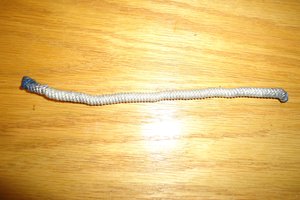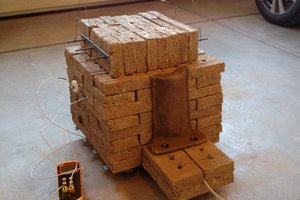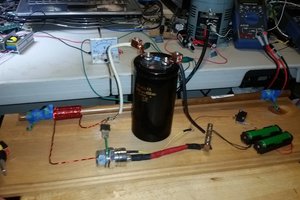I currently do not know all the details of the project myself as due to the nature of the project it is very much about experimentation. When I do find a viable construction method I will definitely post the design features and capabilities. Until then if you have any suggestions let me know.
Better Homemade Resistors
Homemade resistors that are better than the pencil lead carbon and low-ohmic wirewound resistors people normally make.
 Spockopolis
Spockopolis

 ftregan
ftregan
 MECHANICUS
MECHANICUS
 Matt Moses
Matt Moses
 3dscuba
3dscuba
Use Hot glue as the final coat. It makes the resistor more durable.